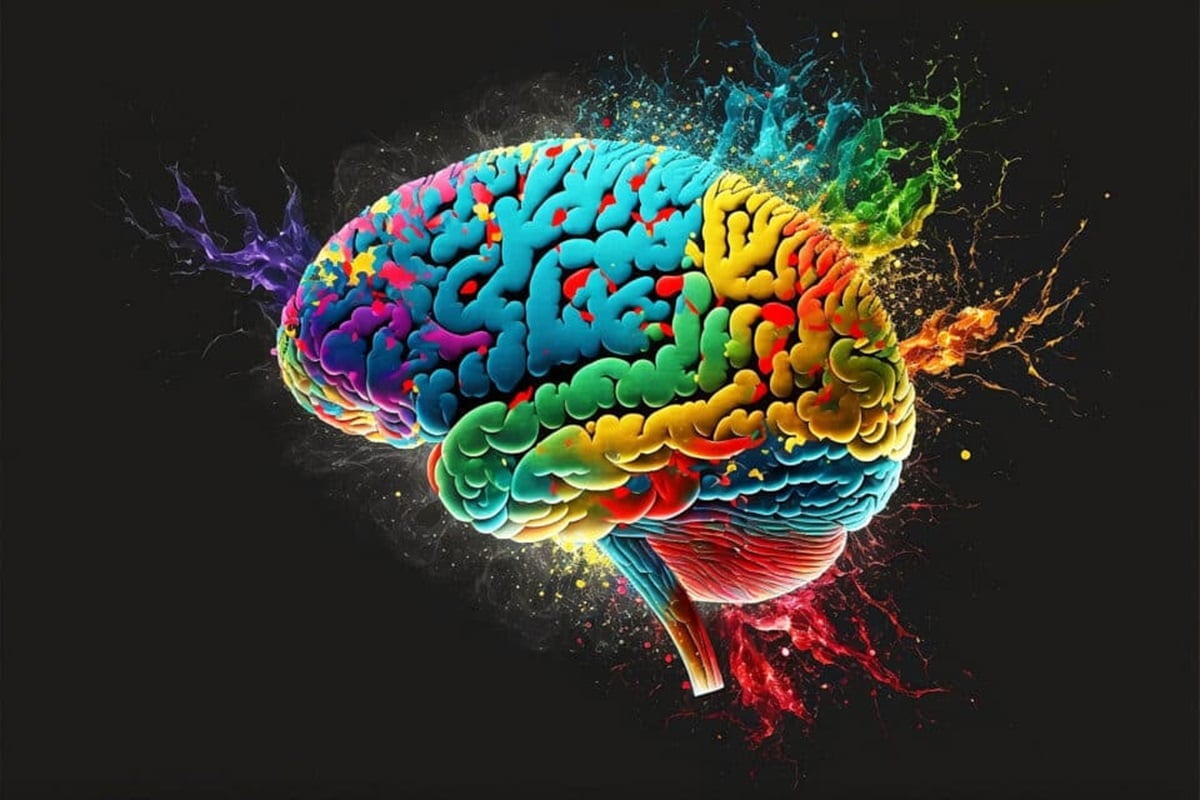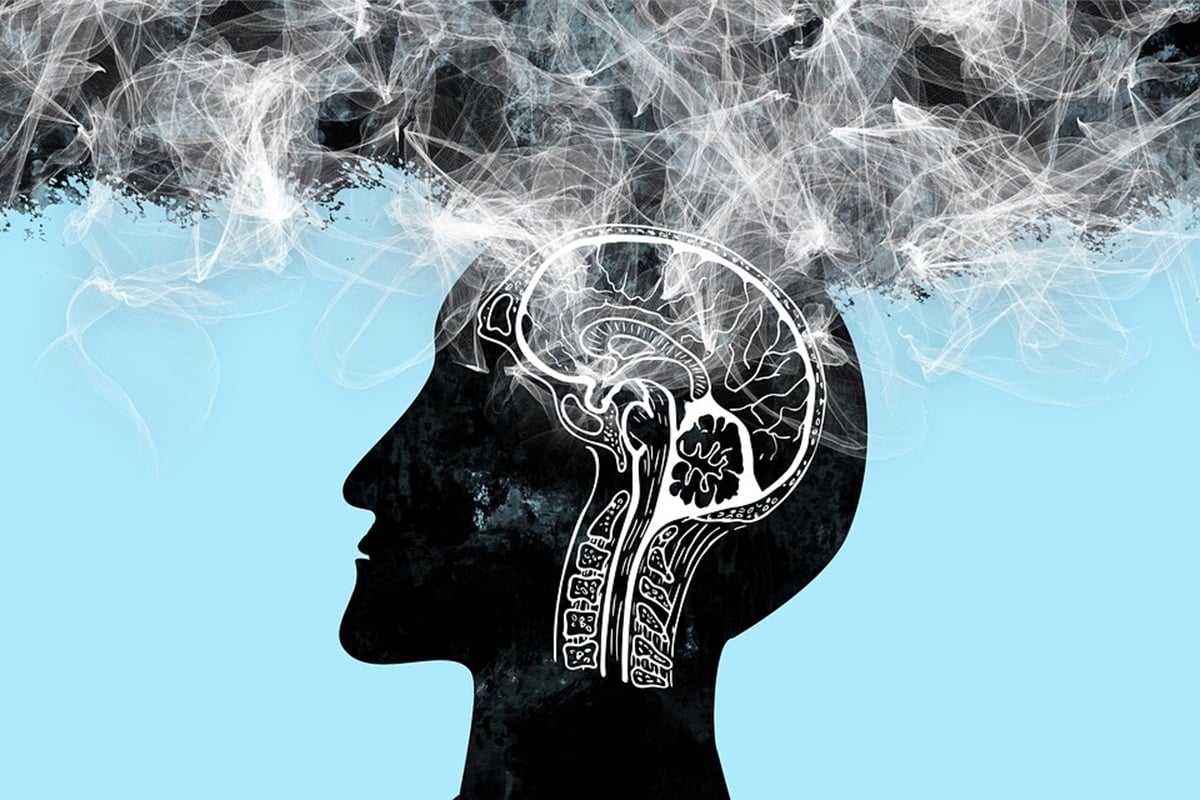Sleepwalking, a phenomenon that has puzzled scientists and laypeople alike, is more than just a nocturnal oddity. It’s a window into the intricate workings of the human brain during sleep. The Netherlands Institute for Neuroscience is at the forefront of this exploration, with a dedicated team probing the enigmatic state of parasomnia.

Parasomnia: Navigating the Sleep-Wake Borderland
Under the guidance of Francesca Siclari, the institute’s dreams lab is delving into the experiences and neural patterns of those who sleepwalk. Contrary to popular belief, sleepwalkers often have their eyes open and can perform complex tasks, challenging our understanding of sleep states.
The Prevalence and Consequences of Sleepwalking
While commonly associated with children, sleepwalking affects a significant adult population, leading to potential harm and emotional distress. Siclari’s research aims to demystify the condition and provide solace to those affected.
Decoding the Sleepwalker’s Brain
The team’s groundbreaking study focuses on non-REM sleep parasomnias, revealing that dreams and even dream-like states can occur outside of REM sleep. This challenges long-held beliefs about the nature of dreaming and sleep stages.
Innovative Methods for Capturing Parasomnia Episodes
Siclari’s team employs advanced recording techniques to monitor brain activity during sleepwalking episodes. This meticulous process involves a two-night protocol designed to trigger and analyze parasomnias, offering unprecedented insights into the sleeper’s mental state.
Dreams and the Absence of Experience
The study’s findings are revelatory: over half of the sleepwalking episodes involve dreams, often with themes of danger or misfortune. Conversely, some sleepwalkers report no conscious experience, suggesting a spectrum of awareness during these episodes.
Implications for Future Research and Treatment
By examining brain activity, the researchers hope to pave the way for more targeted treatments for parasomnias, moving beyond the broad-spectrum sleeping drugs currently in use.
Francesca Siclari’s pioneering work not only enriches our knowledge of parasomnias but also offers hope to those who navigate the uncertain terrain of sleepwalking. As research continues to evolve, we edge closer to unraveling the complexities of the human mind at rest.









